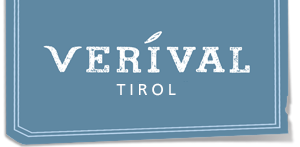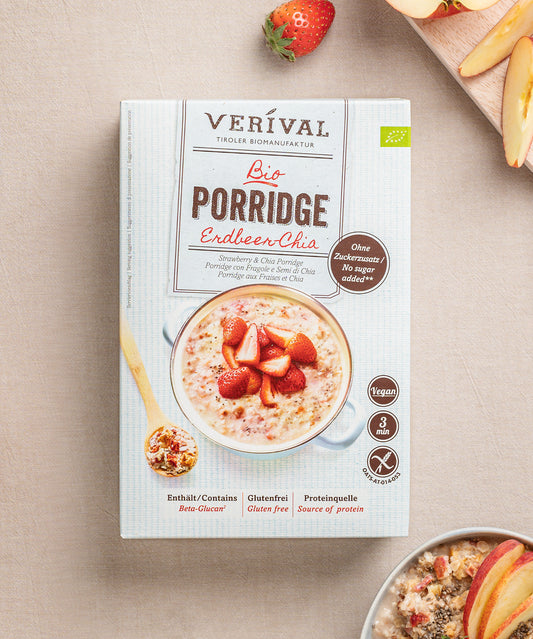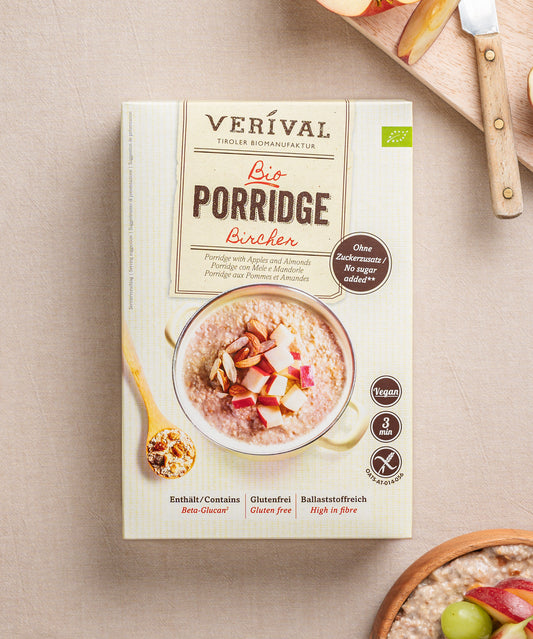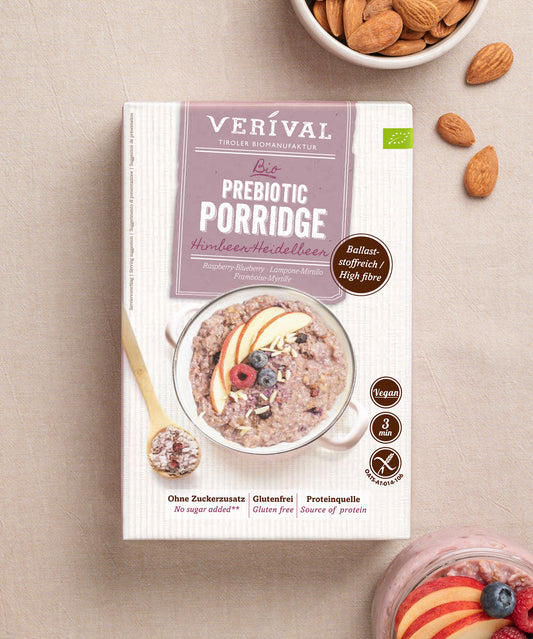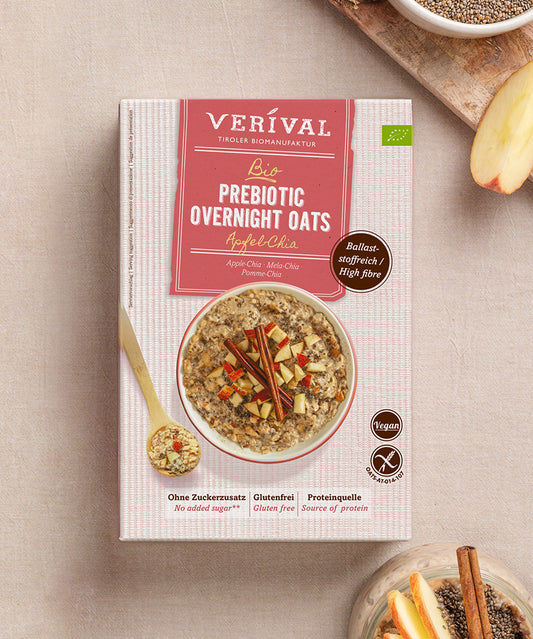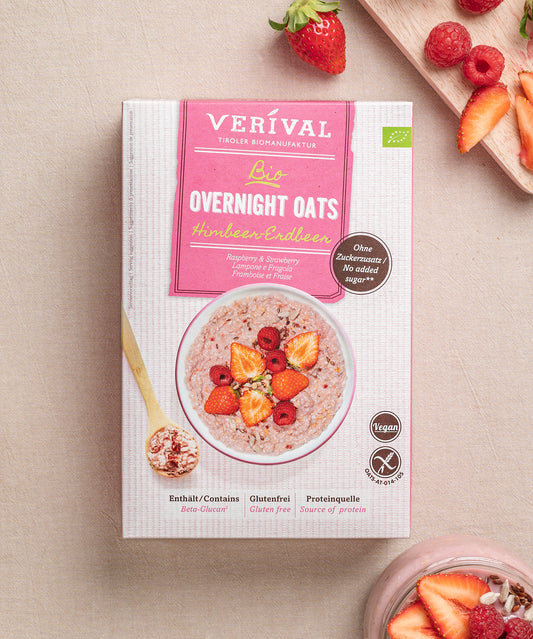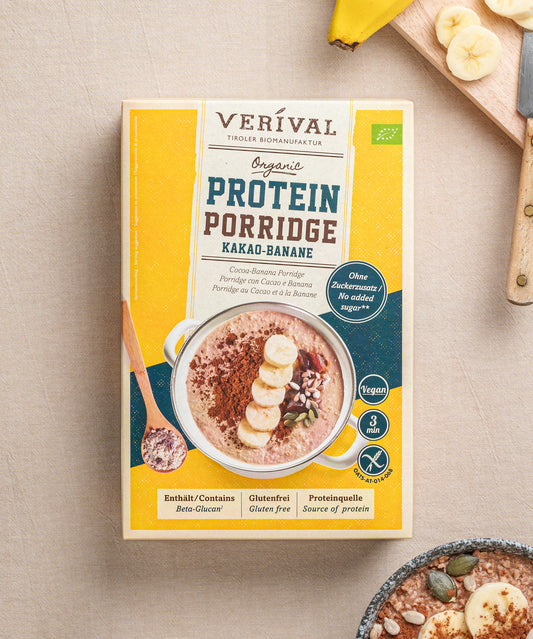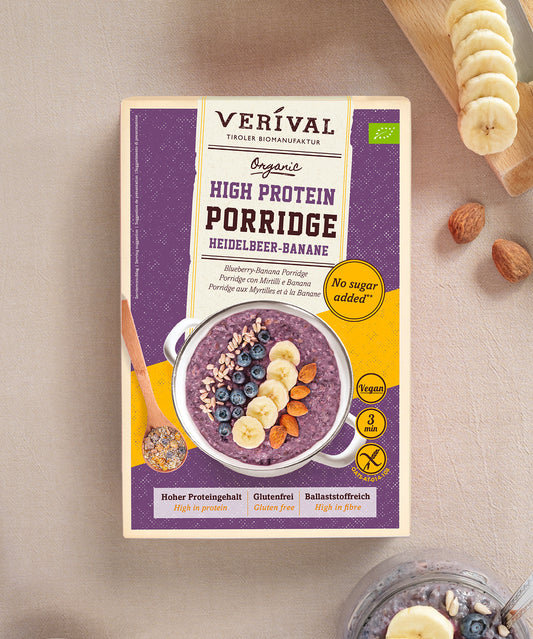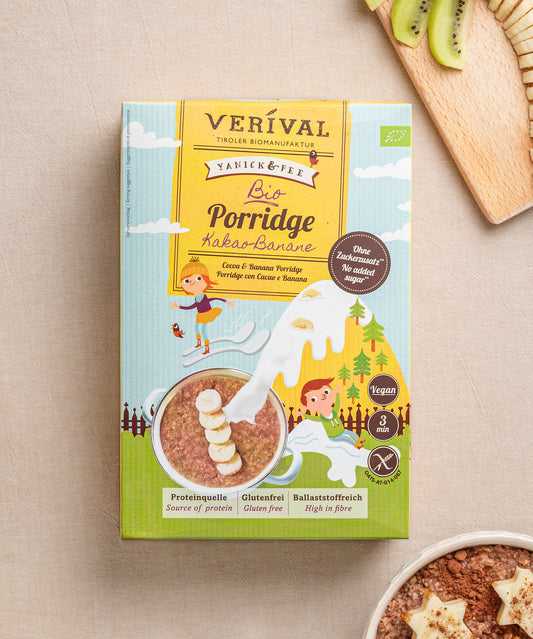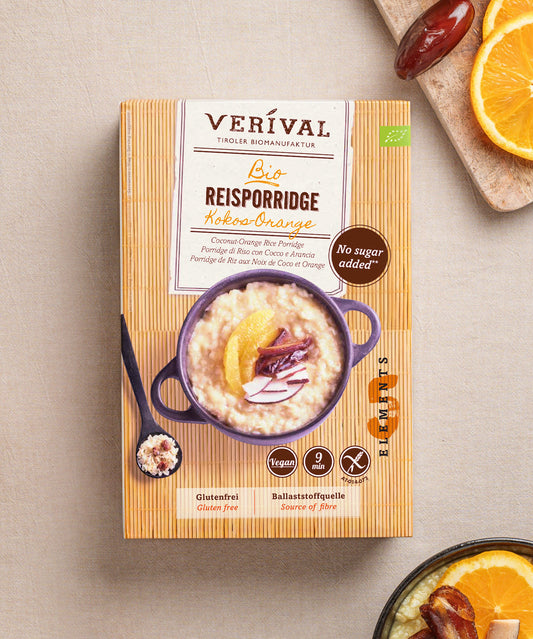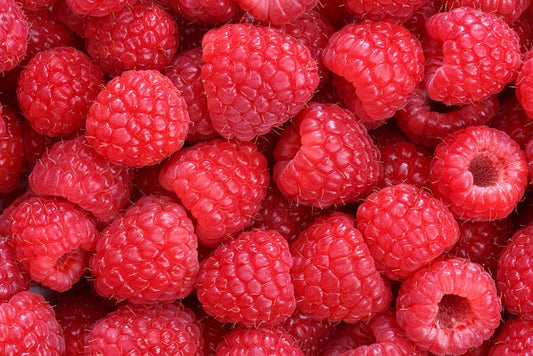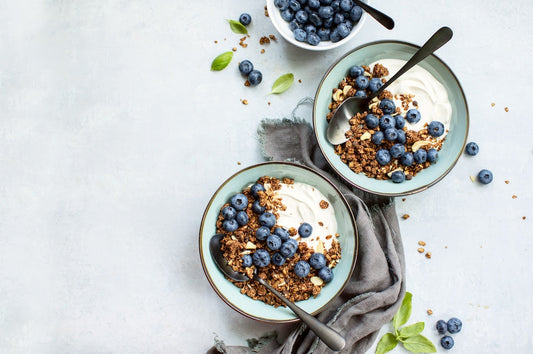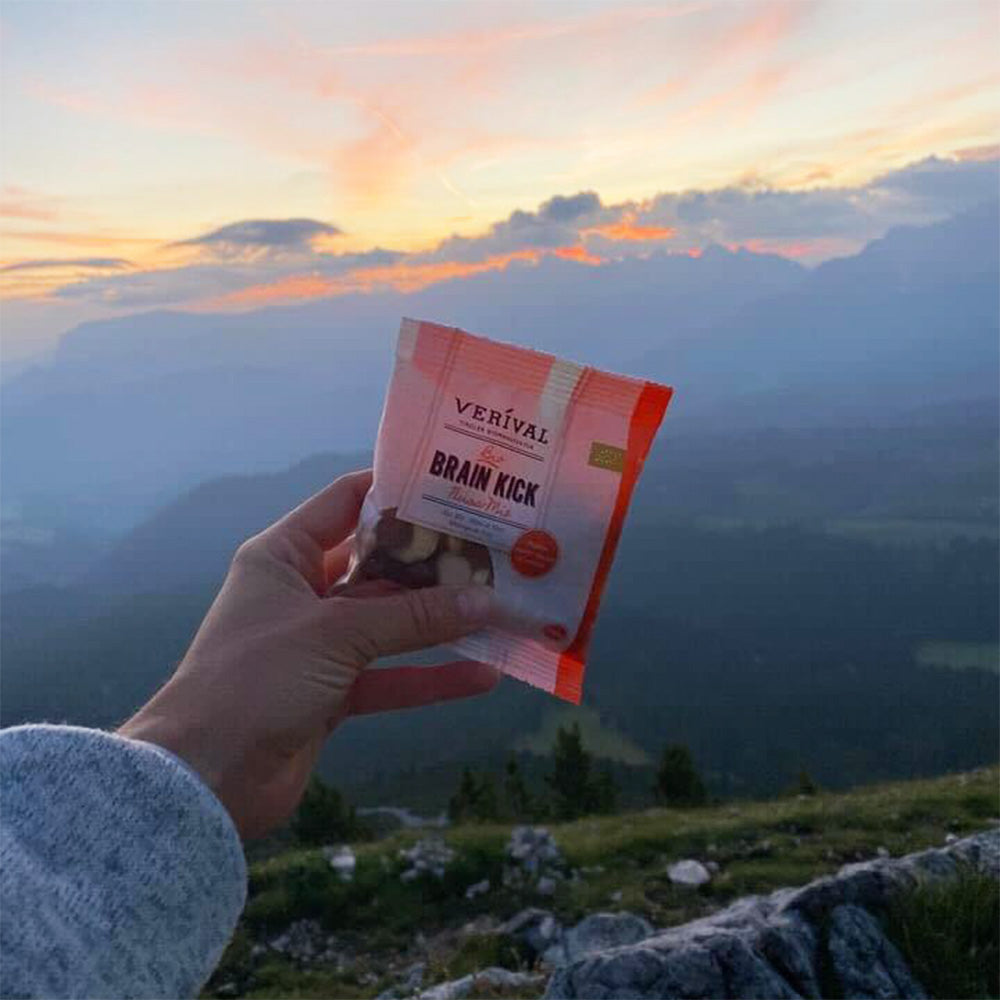If you want to start the day full of energy and in a good mood, there's no getting around a good breakfast. Depending on the time available and your motivation in the morning, many people's breakfast repertoire ranges from simple cornflakes with milk to homemade pancakes with fresh fruit as a topping.
But no matter how much time you want to invest in the first meal of the day, the quality should never suffer. But what exactly makes a healthy breakfast?
This question is on the minds of many people – but especially those with intolerances, who apparently have to put more thought and time into it. But is it really necessary? How much time do you need in the morning to prepare a gluten-free power breakfast?
In this article, we will address these and many other questions about breakfast with gluten intolerance. We will not only discuss the most important elements of a healthy breakfast, but also how to best incorporate them into your daily routine, even when things get a little stressful.
5 recipe ideas for a healthy, gluten-free breakfast – this way
What makes a healthy breakfast?
A healthy breakfast should be bursting with nutrients. You can't really see nutrients from the outside, but it's a good idea to have a colorful and varied breakfast if possible. For example, you could top a porridge with fresh fruit and a variety of nuts or seeds. This not only spices up the porridge in terms of flavor, but also provides the body with a variety of important nutrients such as healthy fatty acids, vitamins, minerals or fiber.
Thus, it seems to be mainly the vitamins, minerals and co. that make a healthy breakfast. However, we should not forget the macronutrients, as these are the main suppliers of the energy your body needs. In particular, healthy fats and complex carbohydrates should be present in sufficient quantities. But proteins also play an essential role. Although they are relatively inefficient as energy sources, they fulfill a variety of other functions in the human body. In particular, they are irreplaceable for building and maintaining muscle.
Gluten-free diet – which foods are off limits?
Those who follow a gluten-free diet have to do without a lot – at least that's what many people think. However, this is only partially true. Even if some cereal products are eliminated, there are still plenty of options for conjuring up a nutritious breakfast.
For example, you can easily replace gluten-containing products with gluten-free alternatives. Oats, for example, are also available in a gluten-free form. This means that porridges and mueslis can also be gluten-free, as they are often produced on the basis of oats. However, you should check the packaging and look for the “gluten-free” seal.
How to recognize gluten-free products – read on now
You should be careful with these foods if you are gluten intolerant
Some products may not necessarily sound like they contain gluten, but they may still contain it. This is because wheat in particular is extremely popular in the food industry as an additive. It is therefore better to take a look at the ingredients, especially with ready meals and more processed foods. Examples of products that may contain gluten include meat products, pasta, some types of cheese, and foods with flavors such as ice cream or ready-made smoothies.
What are the alternatives to gluten-free products?
With so many no-go products, the question naturally arises as to how best to replace them. An easy option is to eliminate processed foods and ready meals from your diet. This way, you simply avoid the risk of overlooking ingredients that contain gluten. Instead, you can easily prepare your own breakfast – you can find a wide selection of recipes here.
Preparing your own breakfast may sound like a lot of work, but it doesn't have to be. Many dishes can be prepared the day before.
Preparing breakfast – how it works
Another option is to replace products that contain gluten with gluten-free alternatives. As mentioned earlier, you can use gluten-free oats instead of normal oats. You can even make pancakes without gluten, using buckwheat or ground oats, for example, as a base.
A gluten-free power breakfast – what it should contain
A gluten-free power breakfast should, as the name suggests, be full of energy. Ideally, it should contain complex carbohydrates, healthy fatty acids and plenty of proteins. In addition, vitamins, minerals and fiber should not be missing.
The ideal carbohydrate sources include oats, quinoa, rice and all products made from them, such as muesli, porridge or even crunchy breakfast foods. How about this delicious gluten-free quinoa porridge, for example?
Nuts and seeds are particularly good sources of protein and fat. For example, chia seeds are high in healthy omega-3 fatty acids that can even help lower cholesterol. Some types of nuts also contain these healthy fatty acids. In addition, many seeds and nuts are extremely high in protein and have an excellent amino acid profile.
You can easily get vitamins, minerals and fiber in the form of fresh fruits into your body. Berries are particularly suitable for breakfast because they go well with many different dishes. In winter, however, we advise you to reach for frozen berries – ideally, you have already prepared for the summer and stocked up on seasonally and regionally harvested berries.
This is why berries are so healthy – to the post
Conclusion
If you want a healthy breakfast but have to avoid gluten, you don't have to make any compromises. Because contrary to what you might think, you don't have to go without anything. Countless breakfast ideas are just as gluten-free realizable and even if you need to go faster, there are already plenty of gluten-free porridges, muesli and co. that you can fall back on.
Meal prep is also a good option when you're in a hurry in the morning – so there are no limits to your gluten-free power breakfast.
